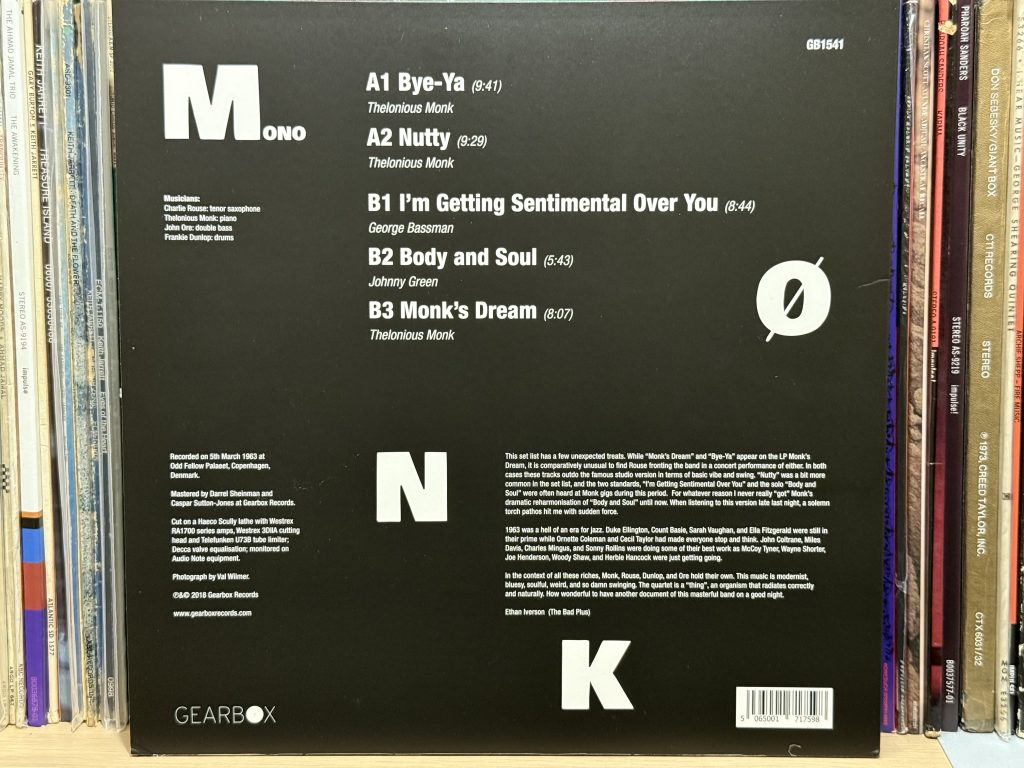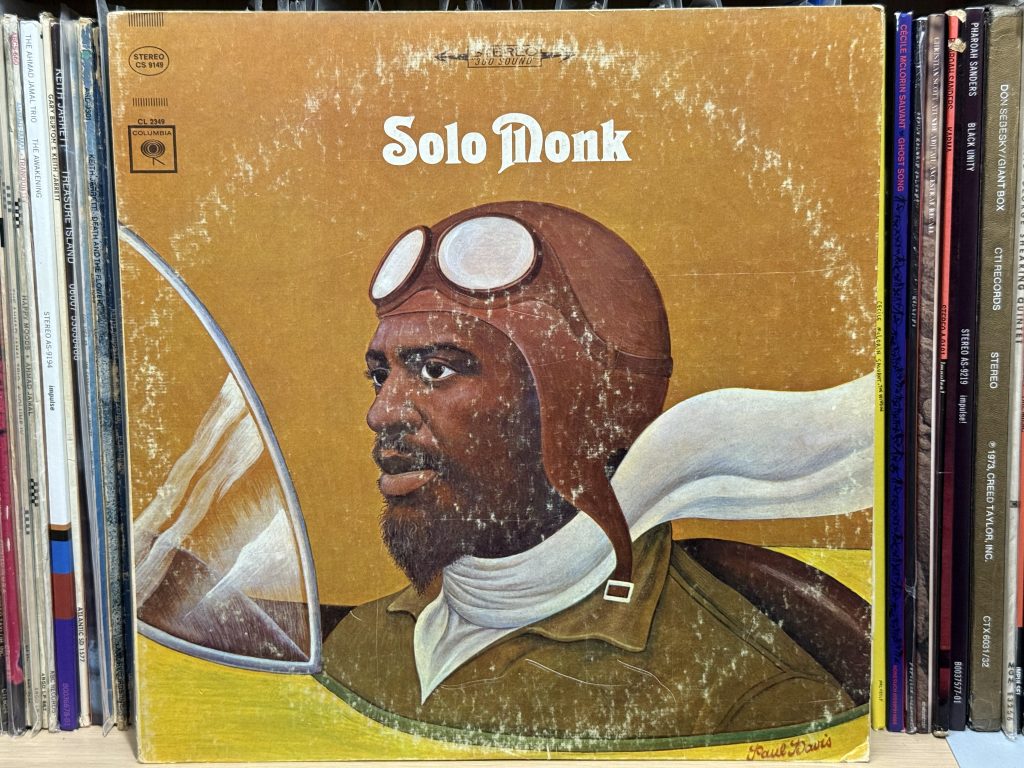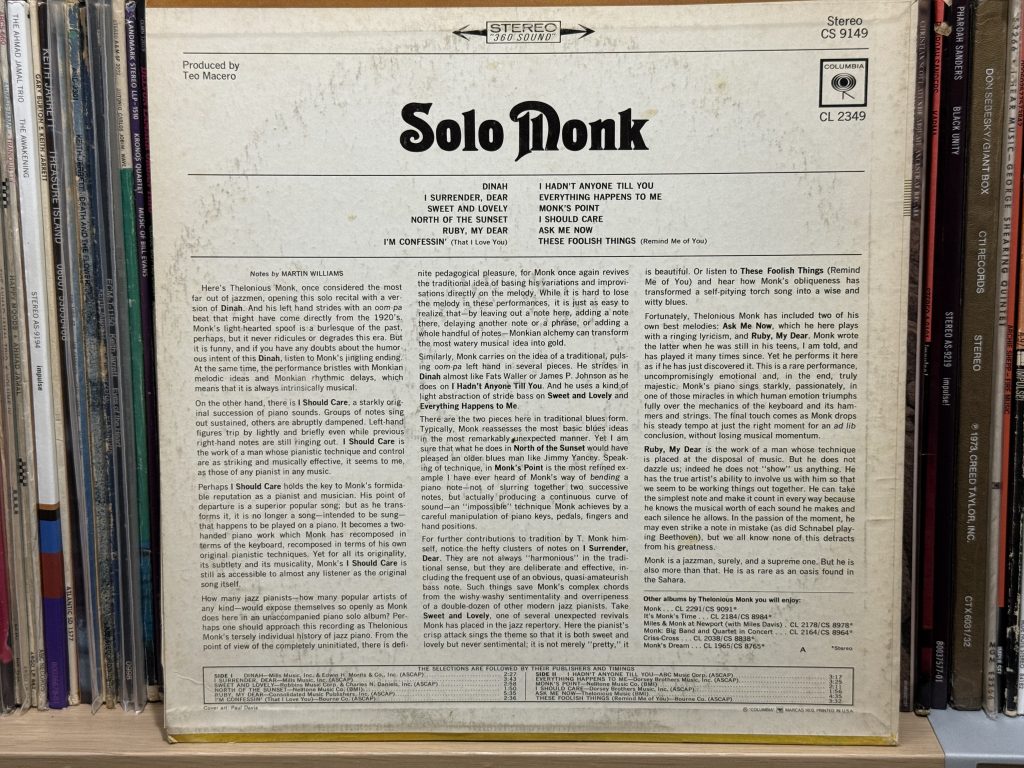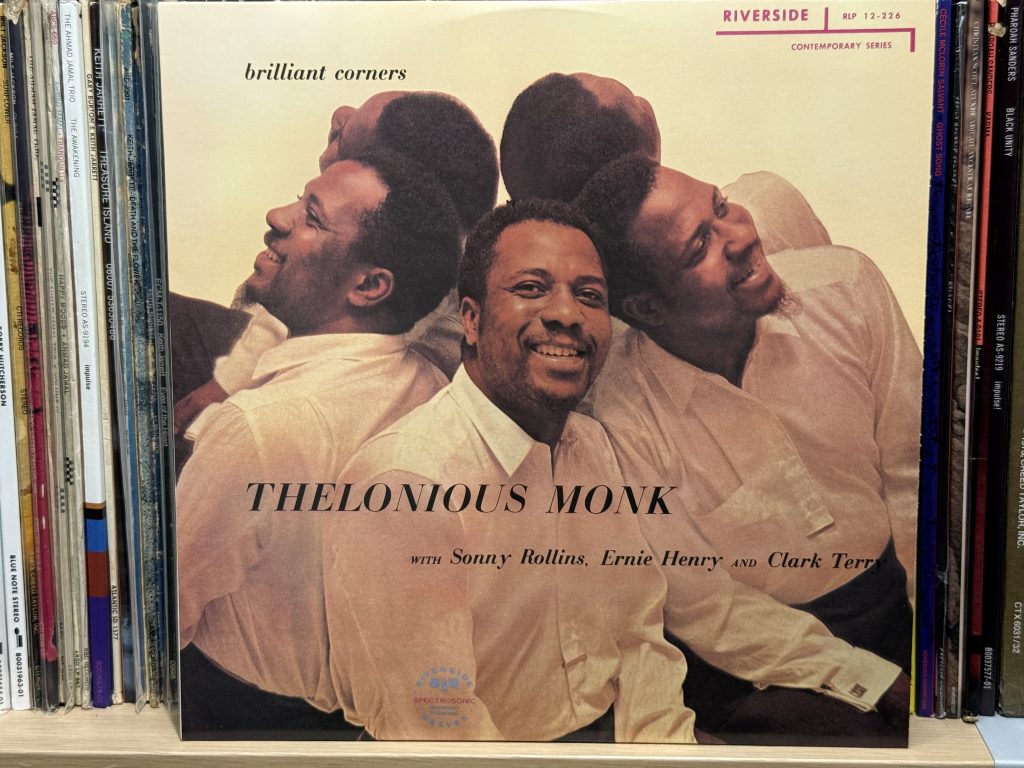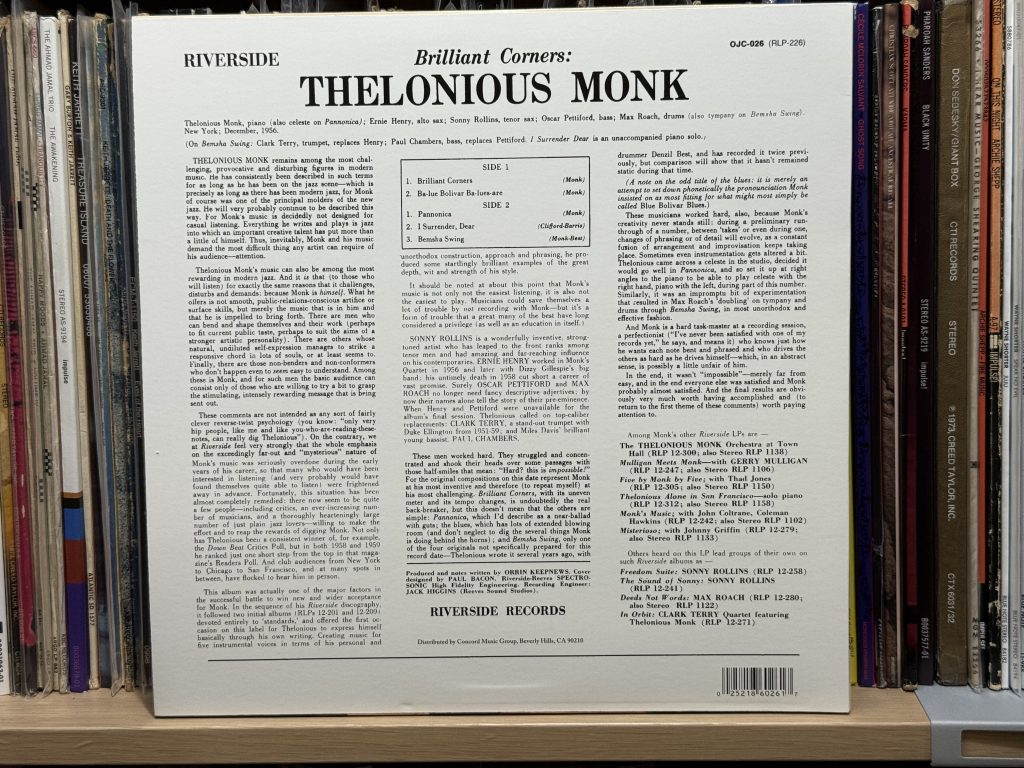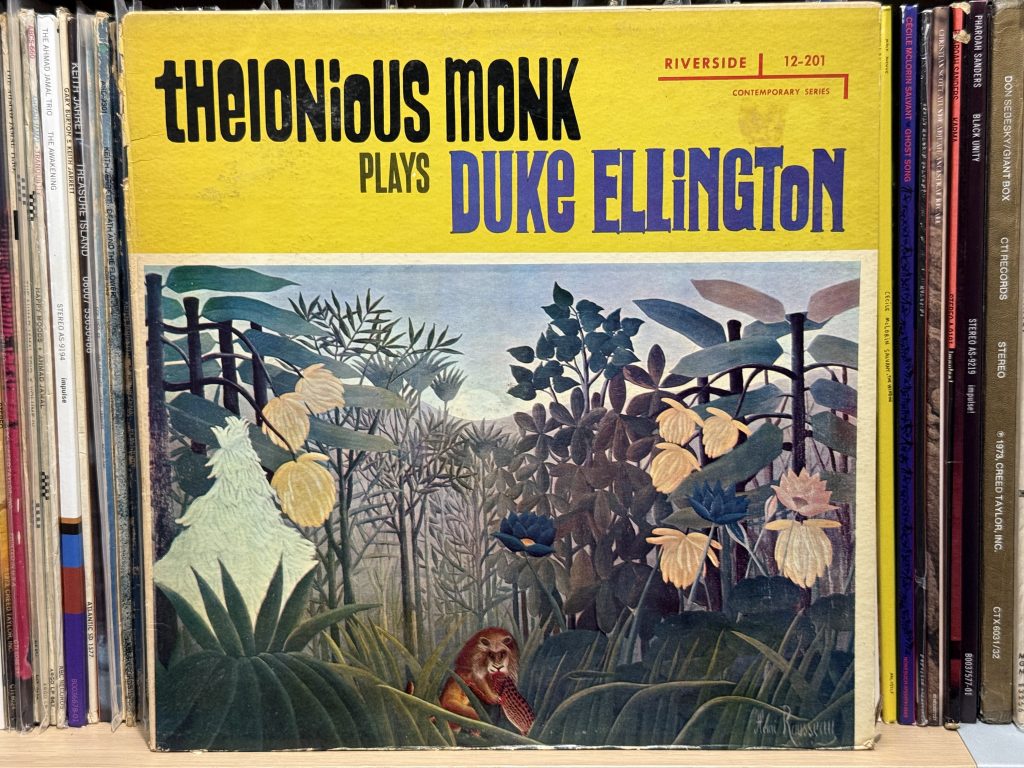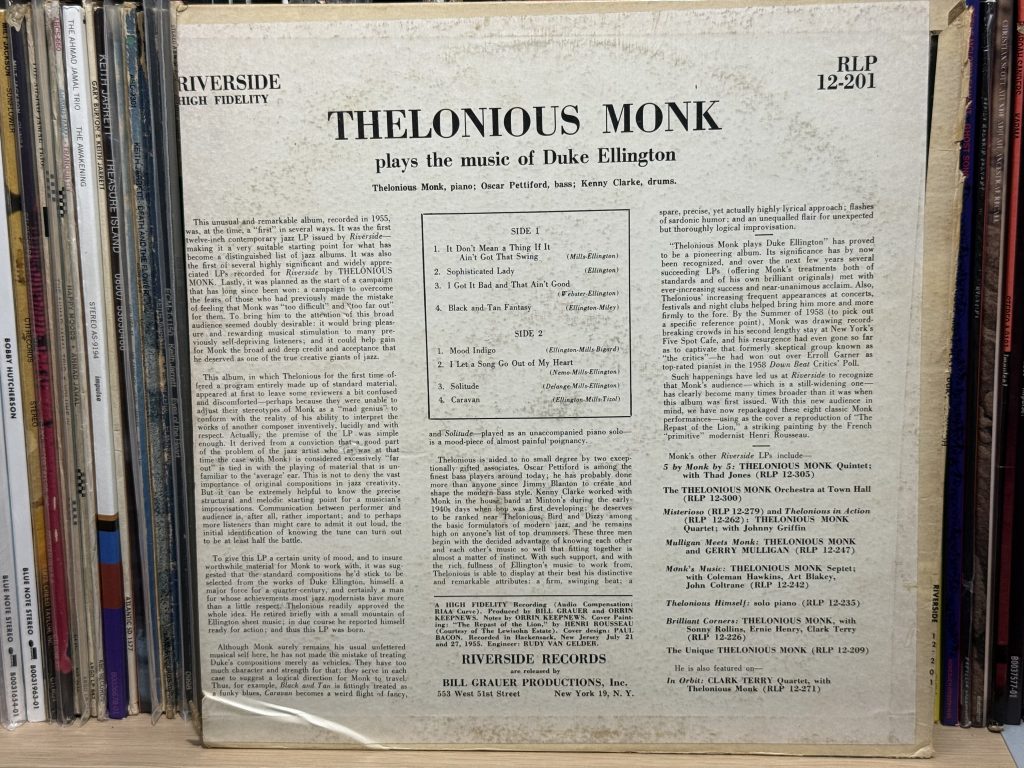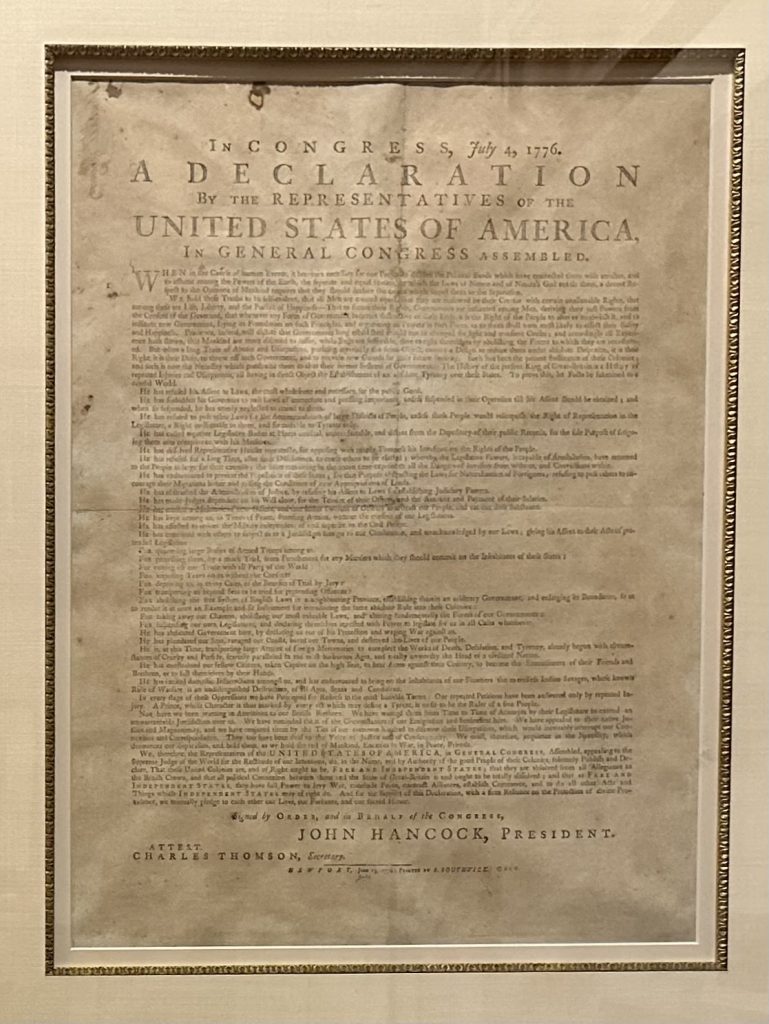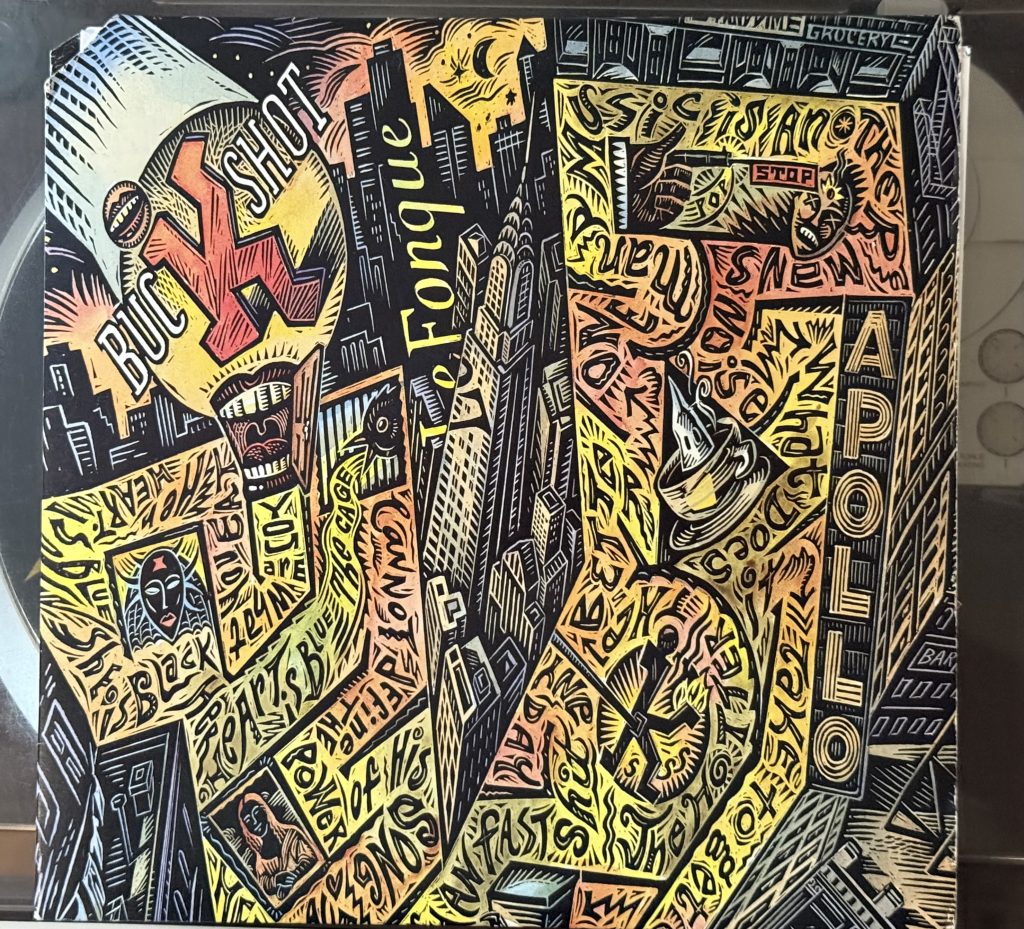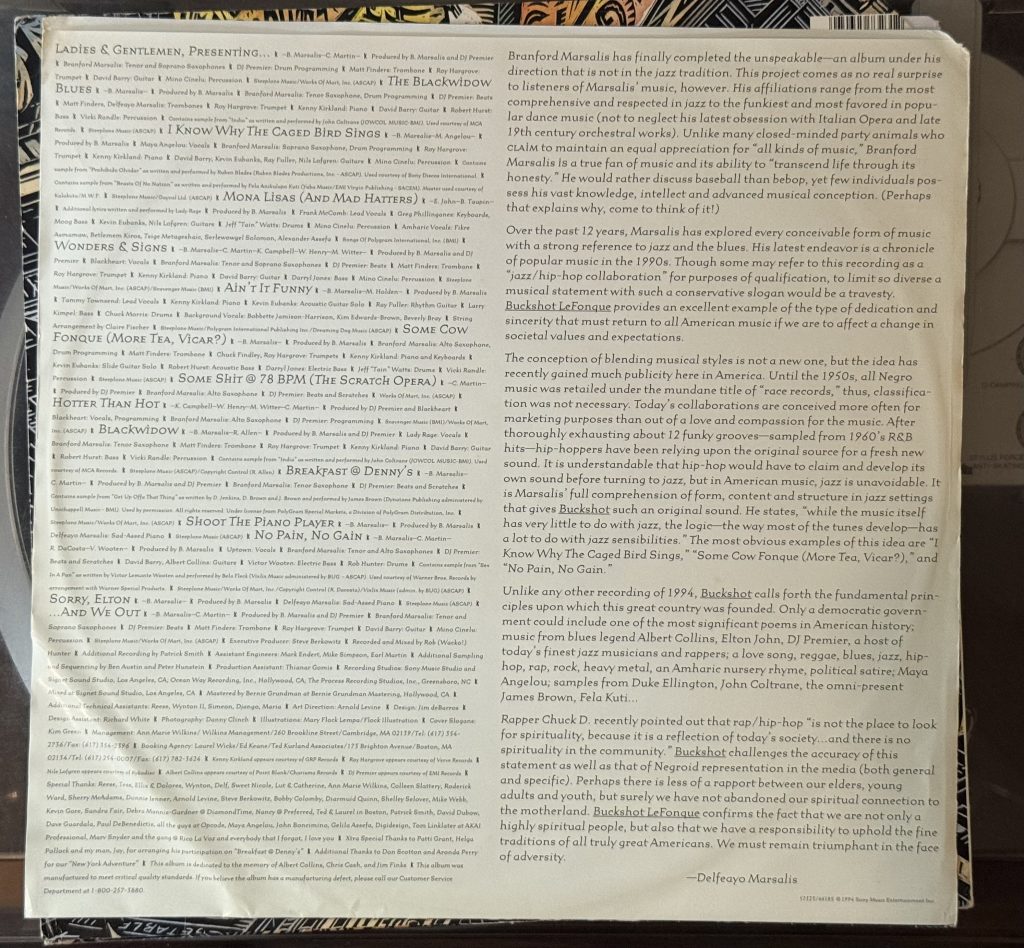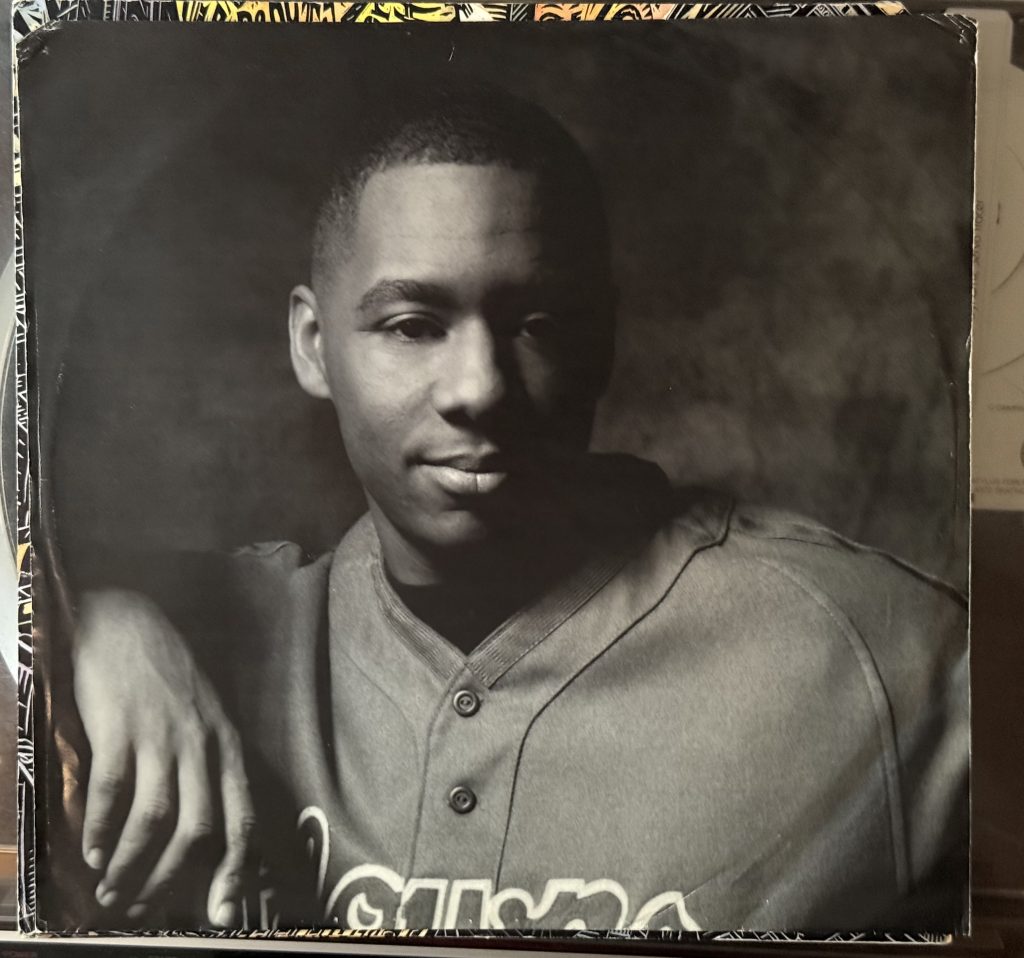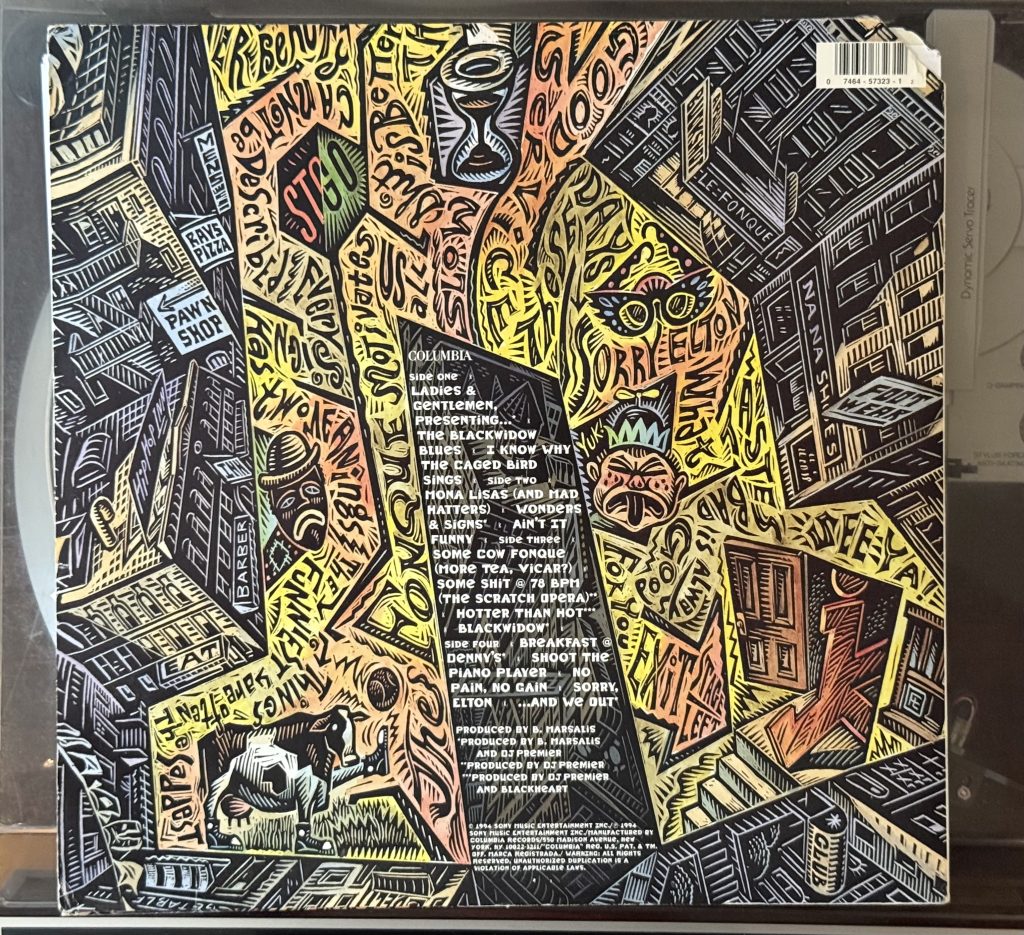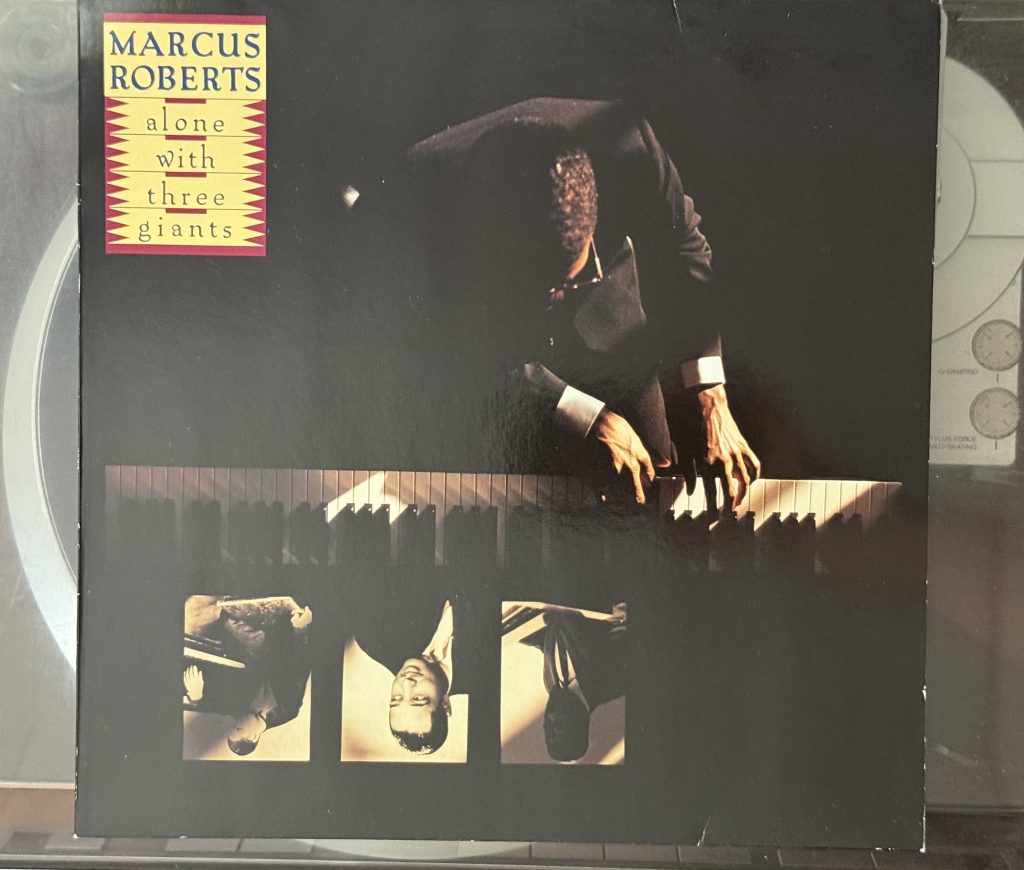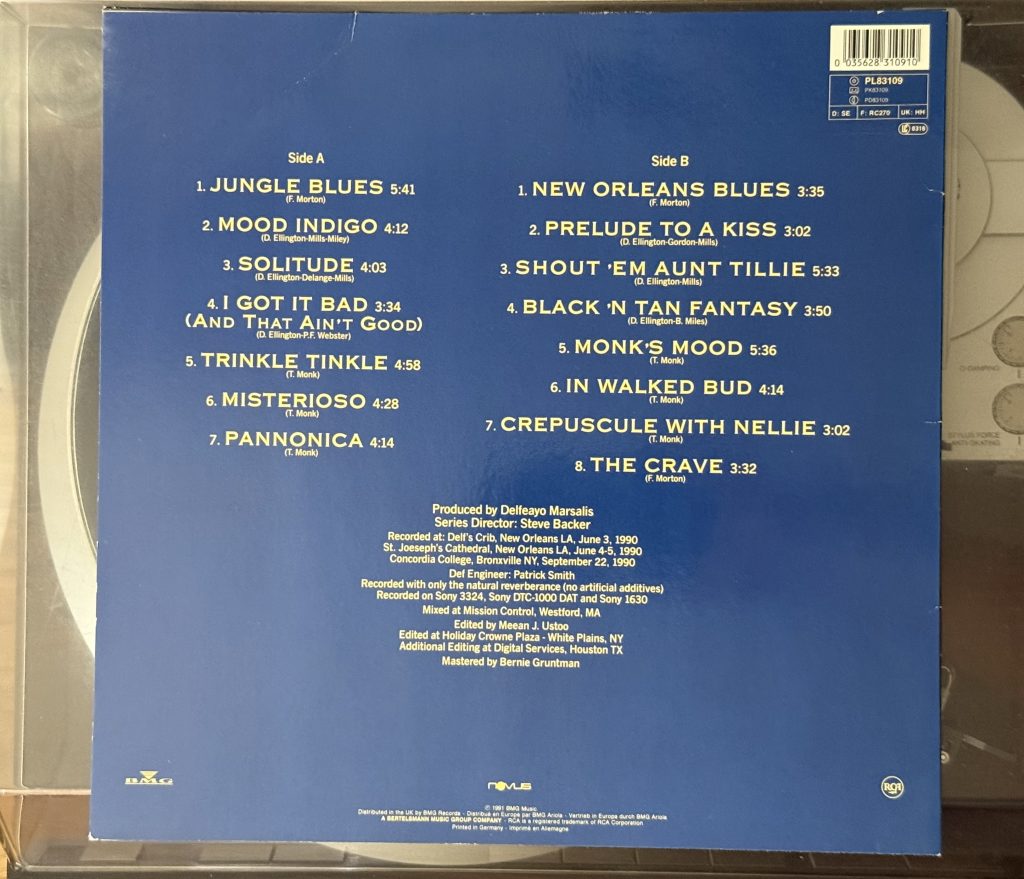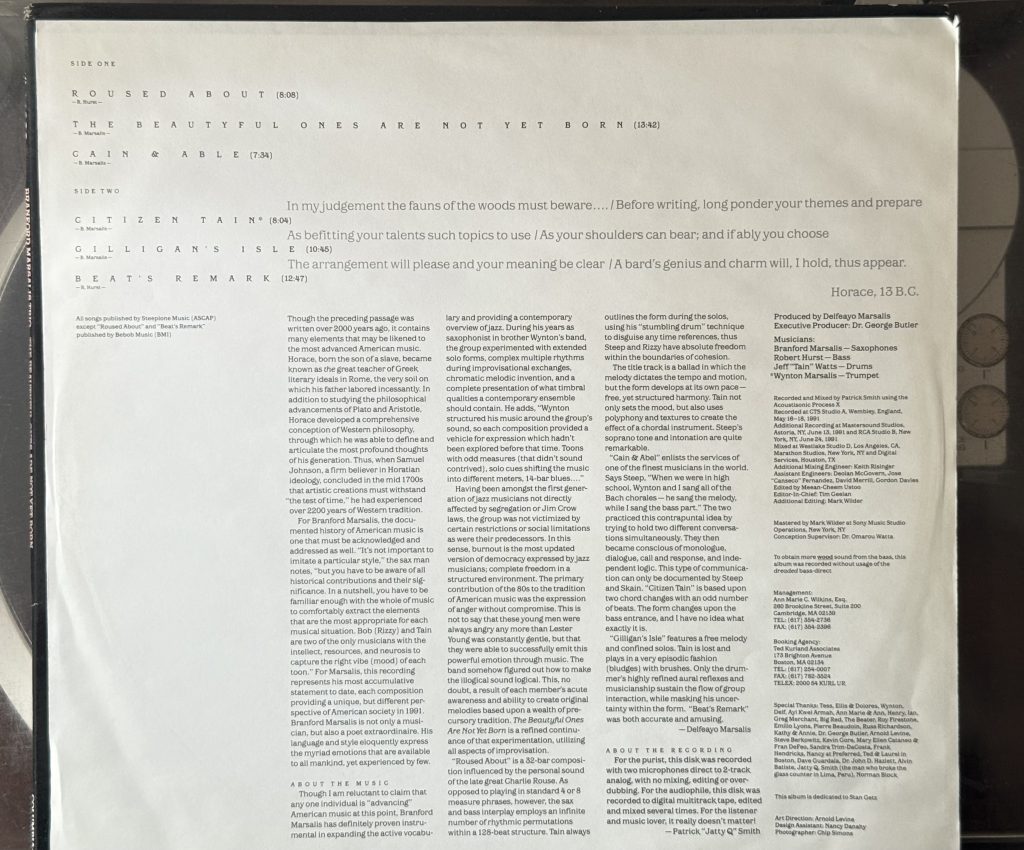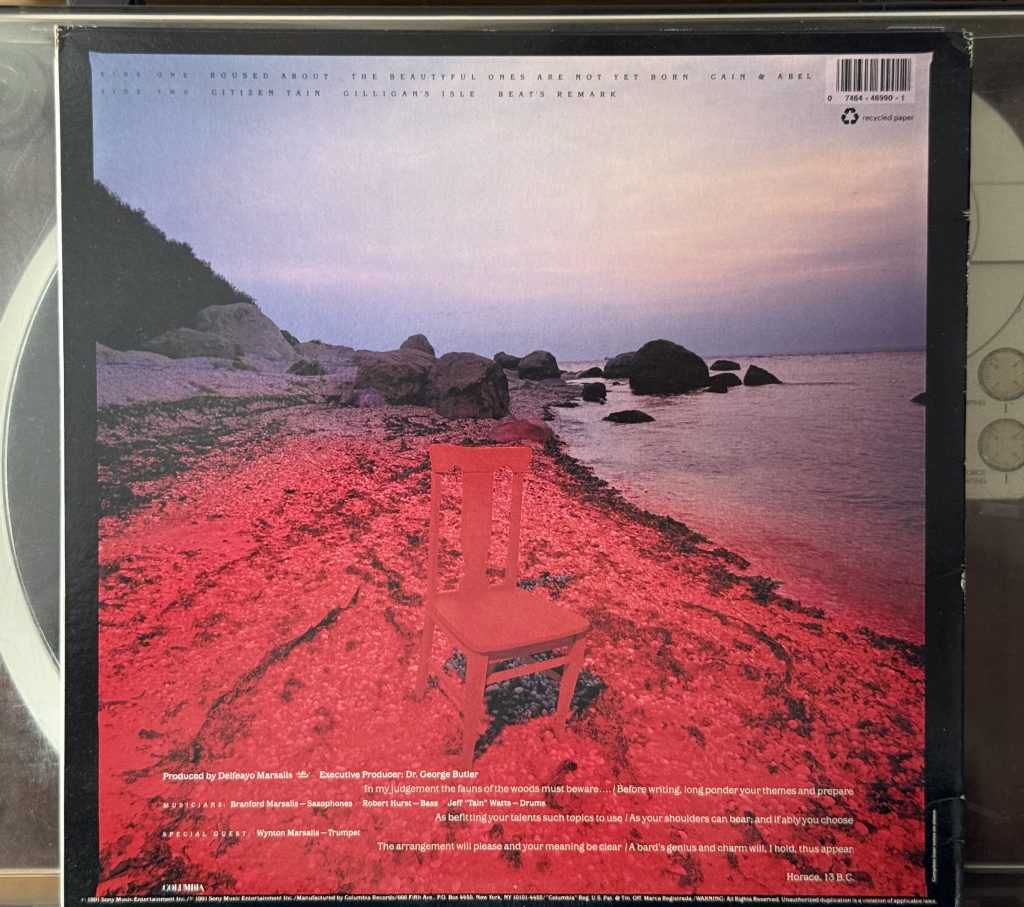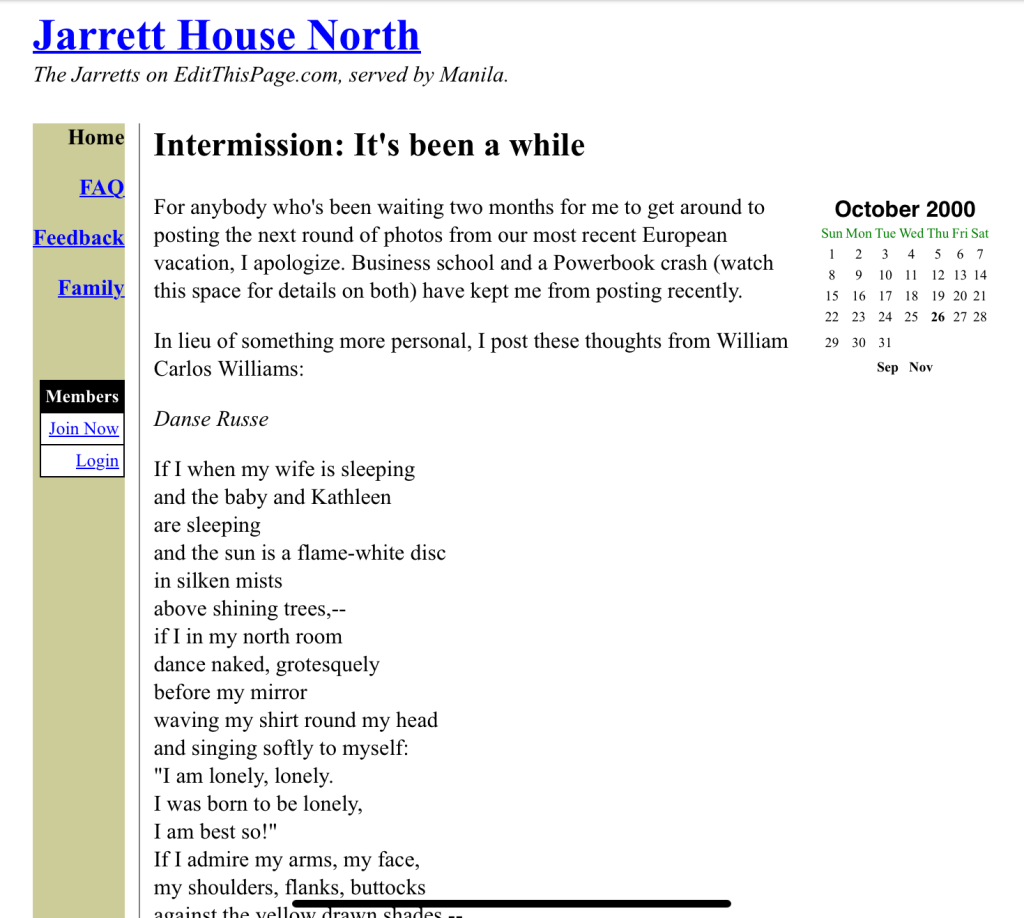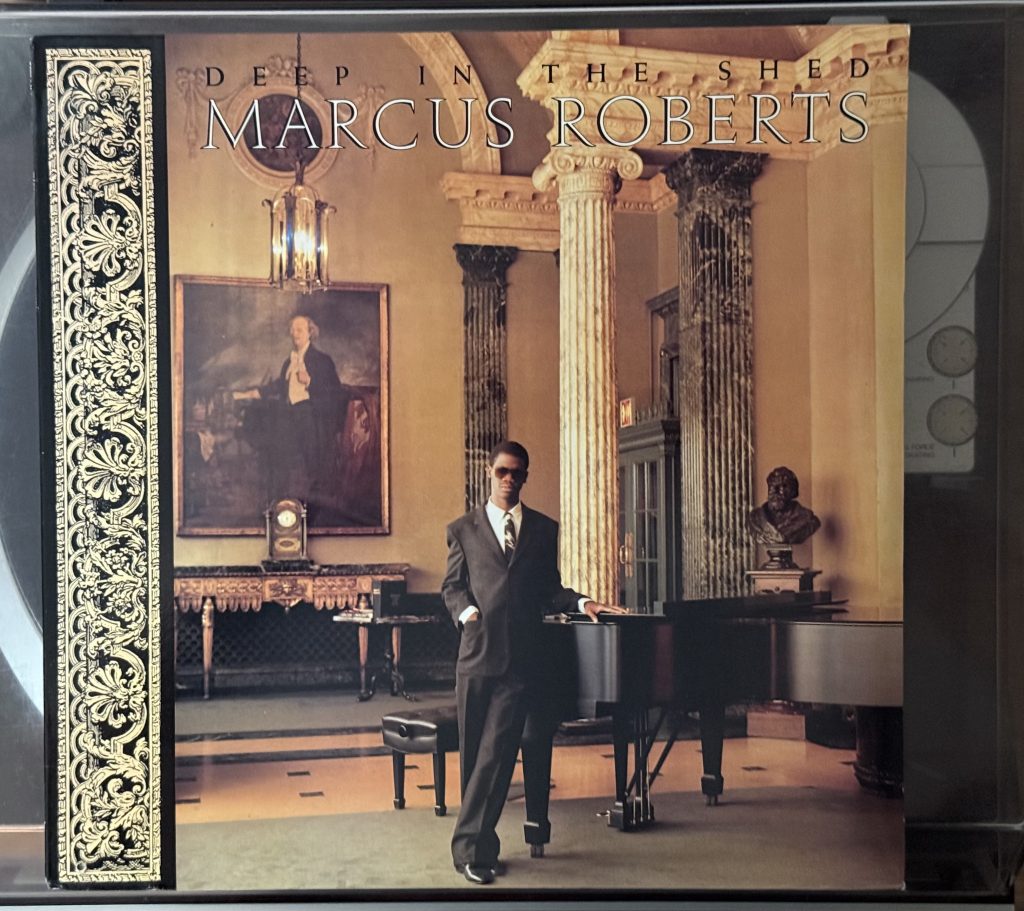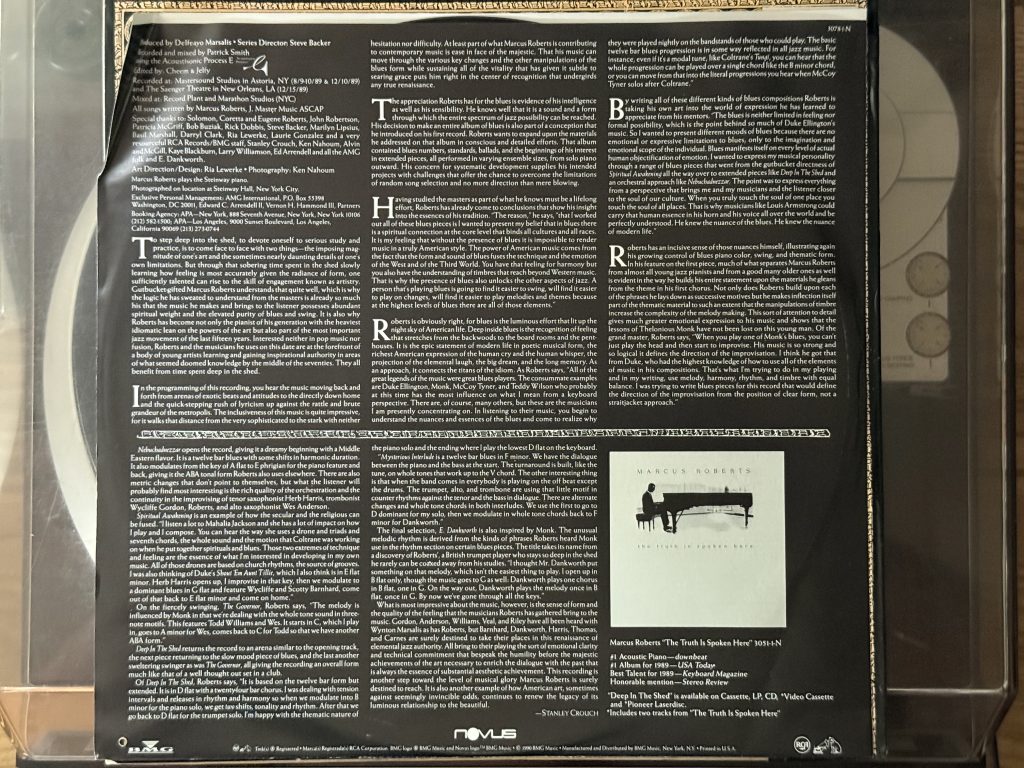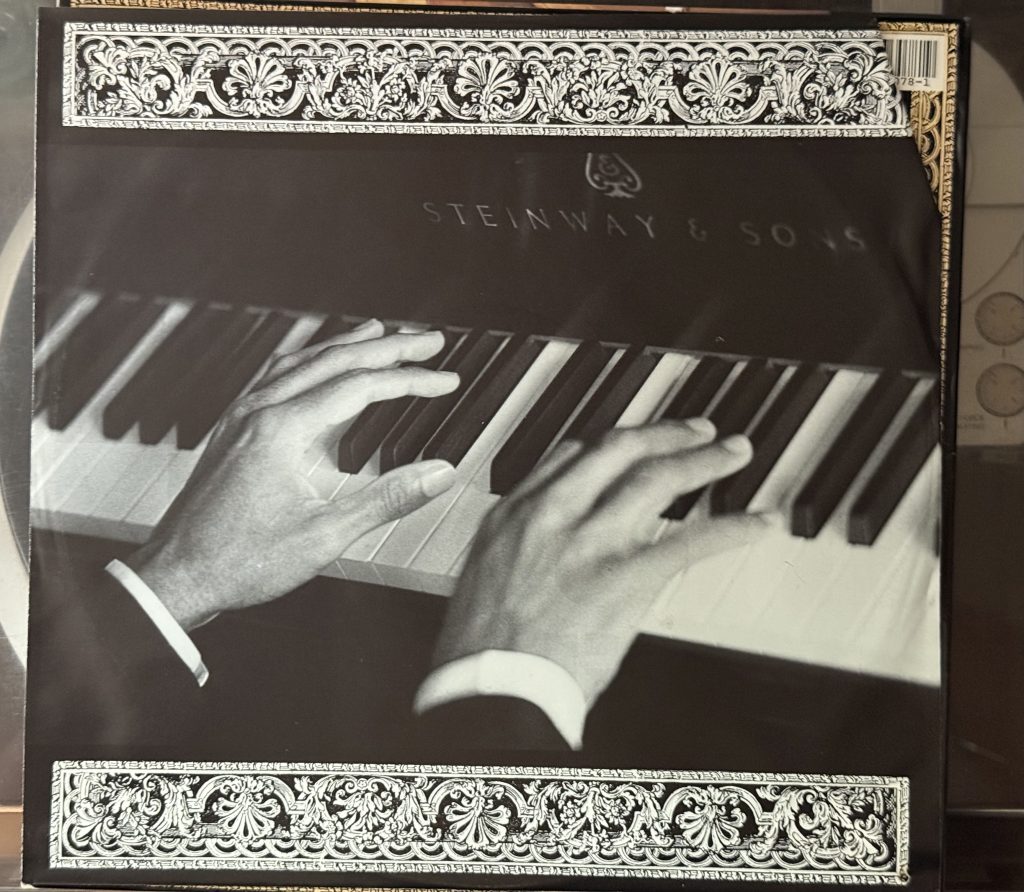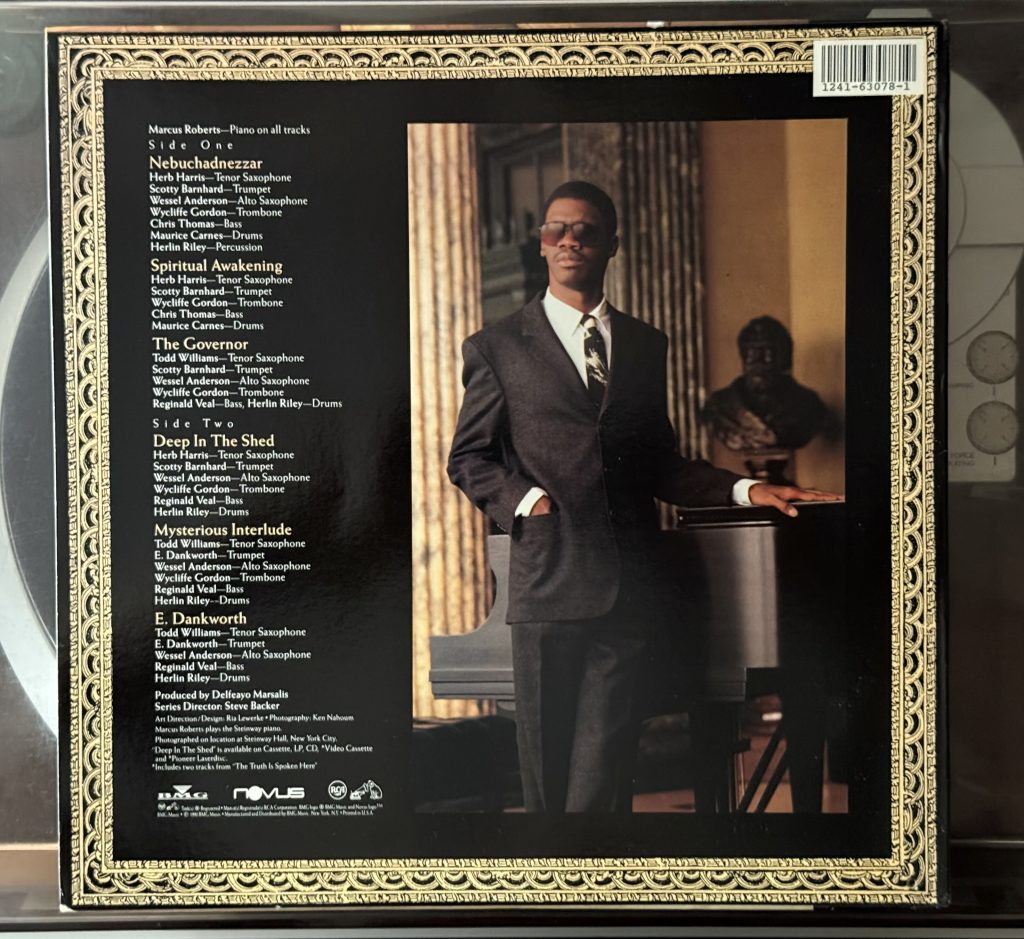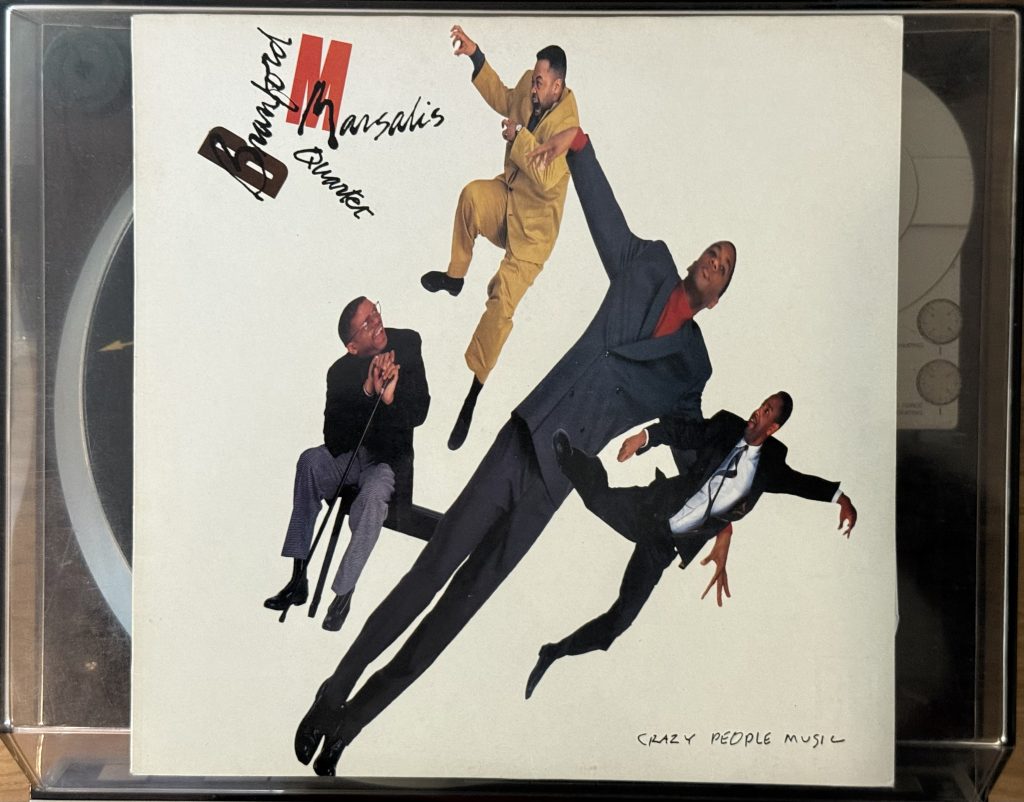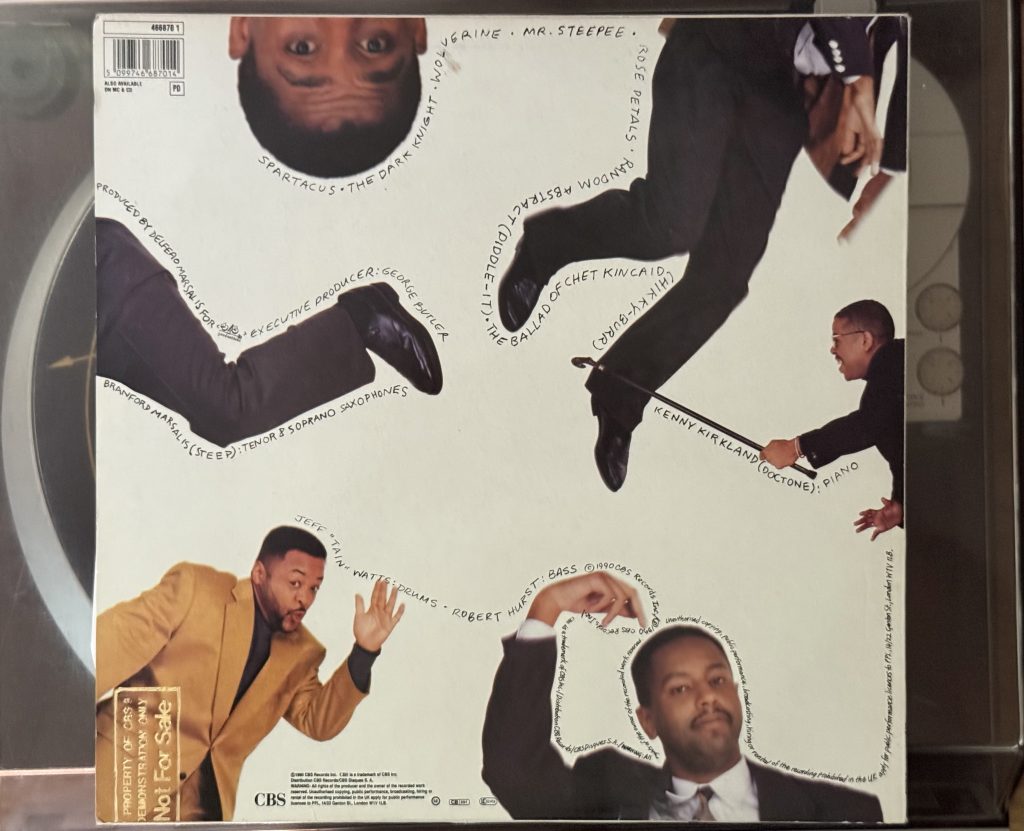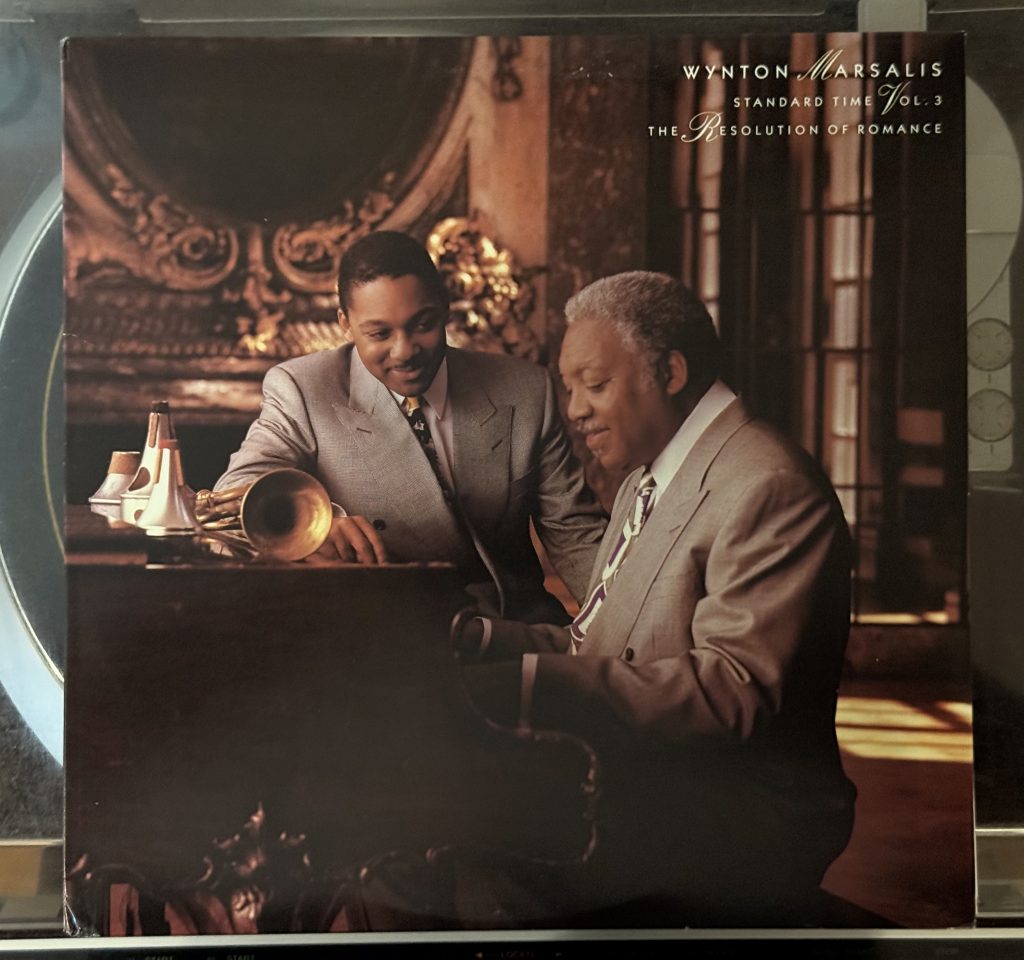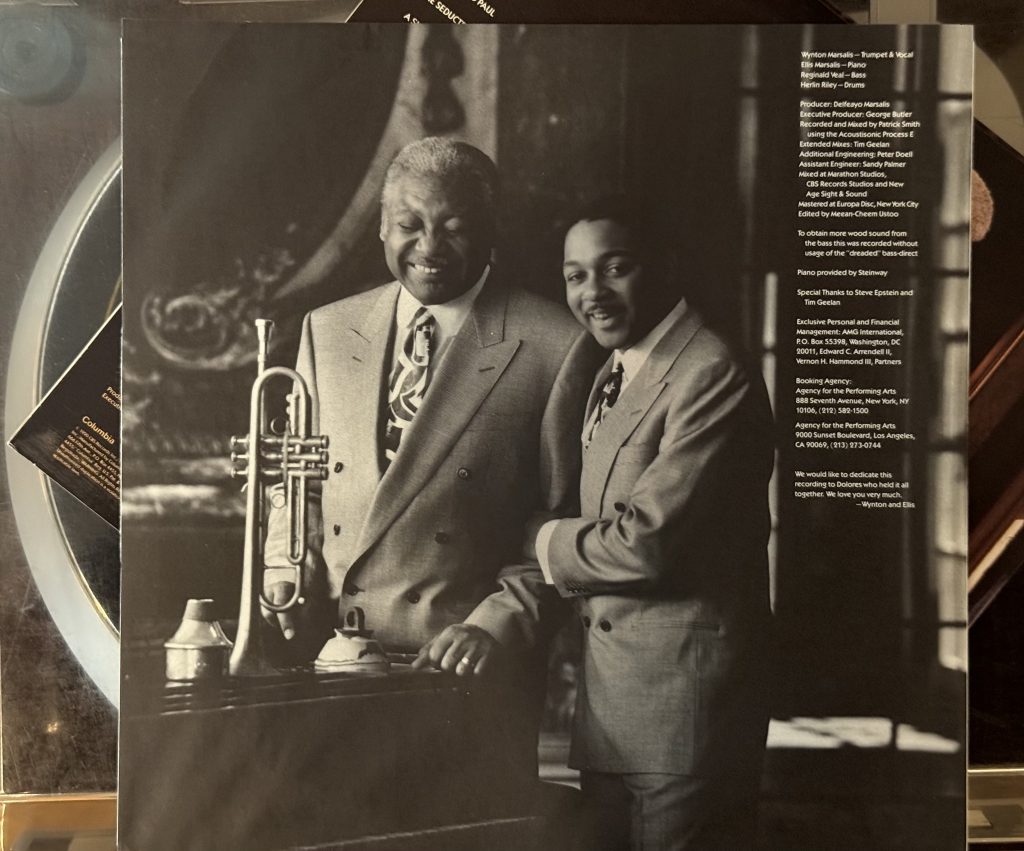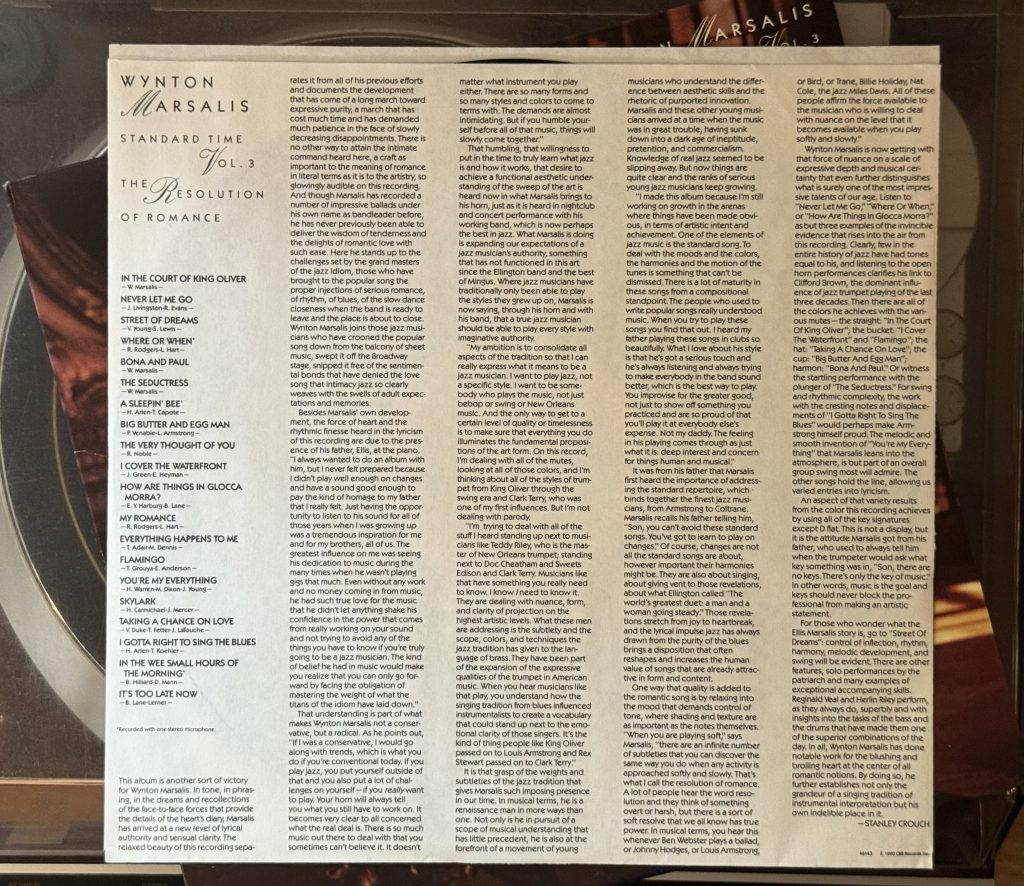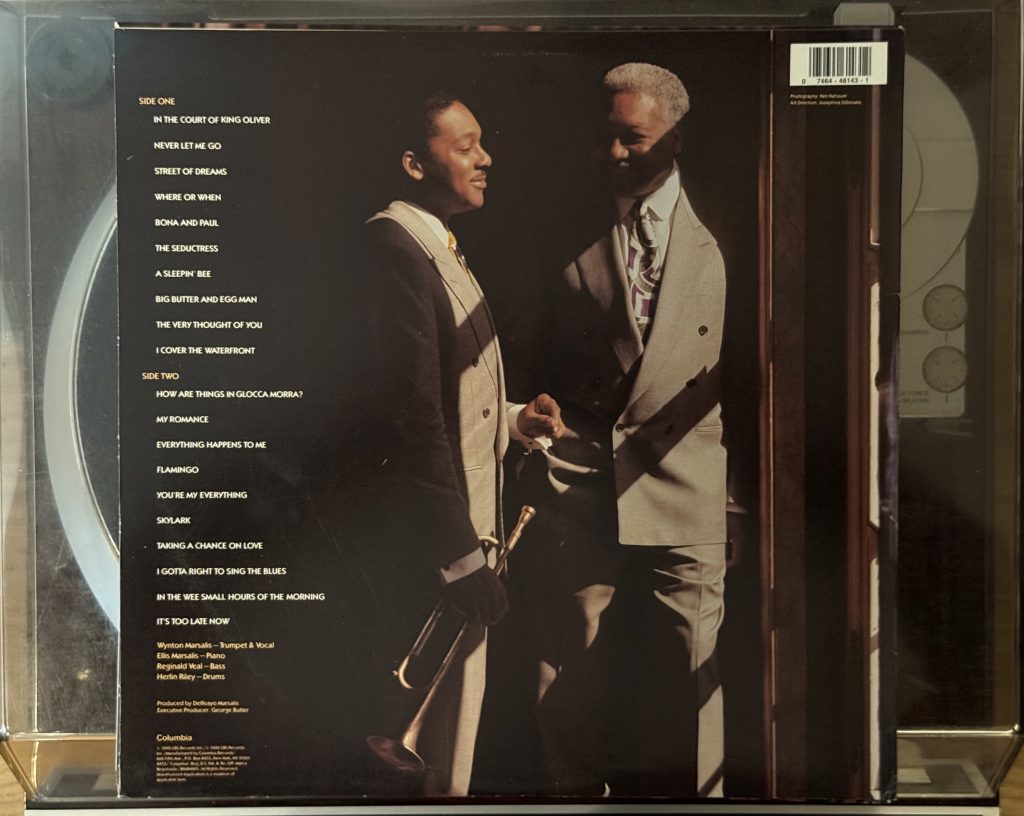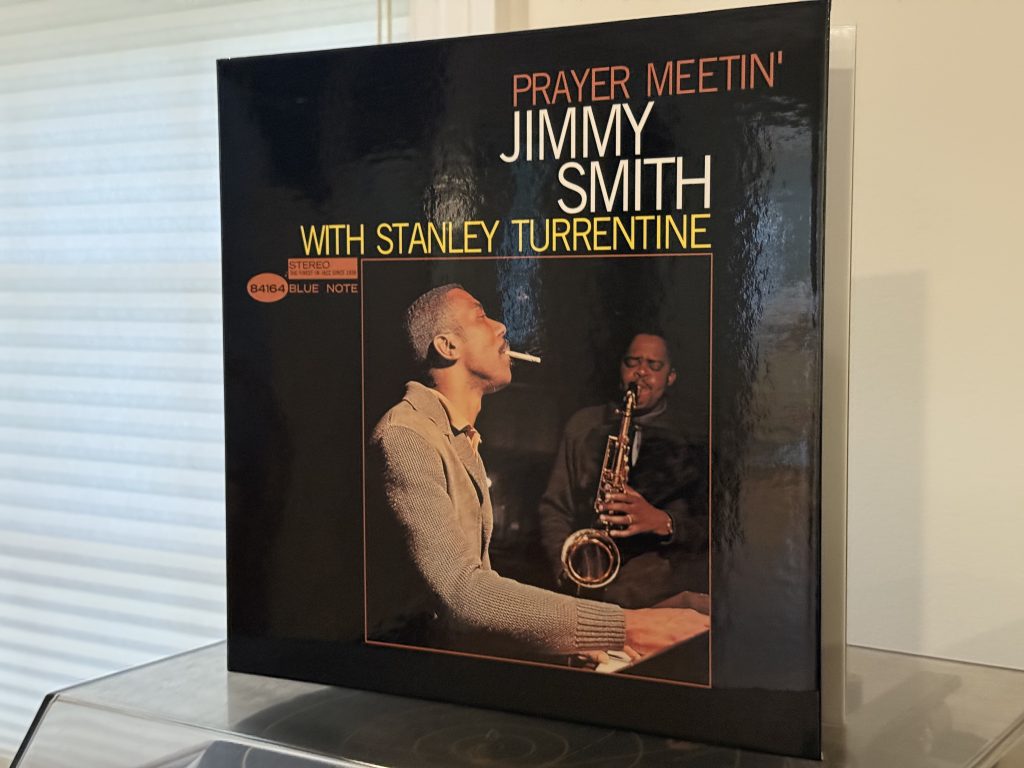
Album of the Week, August 2, 2025
This week starts a new series of posts about the records in my collection, and this time instead of concentrating on one player (or a group of related musicians) we’ll be listening to different takes on the same instrument – the organ.
I’ve long been a fan of the jazz organ sound, which I featured in an episode of Exfiltration Radio (in which you’ll hear a few of the tracks we’ll write about), and have sought out and found quite a few of its proponents. But today we’ll begin at the beginning, because you can’t talk about the jazz organ—namely, the Hammond B-3 organ—without talking about Jimmy Smith.
Like so much else in jazz, the jazz organ trio came about through a combination of technology, economics, and genius. The Hammond Organ Company had begun selling their electric organs to churches that couldn’t afford a traditional pipe organ, but gradually jazz players started adopting the instrument because of the richness of sound that could be produced, and jazz clubs started booking organ trios (with drum and guitar) because they were cheaper than larger combos but produced a bigger sound than piano trios. And Jimmy Smith, born in the Philadelphia suburb of Norristown in 1928, started exploring the sound of the instrument after honing his chops in the Royal Hamilton School of Music and the Leo Ornstein School of Music, and after several years playing boogie-woogie piano. He spent the latter half of the 1950s and the early 1960s recording for Blue Note, taping 40 sessions in eight years. The last of these studio sessions, recorded in early 1963 and released in 1964, was Prayer Meetin’, an organ trio with Quentin Warren on guitar and regular drummer Donald Bailey, plus the tenor saxophone of Stanley Turrentine.
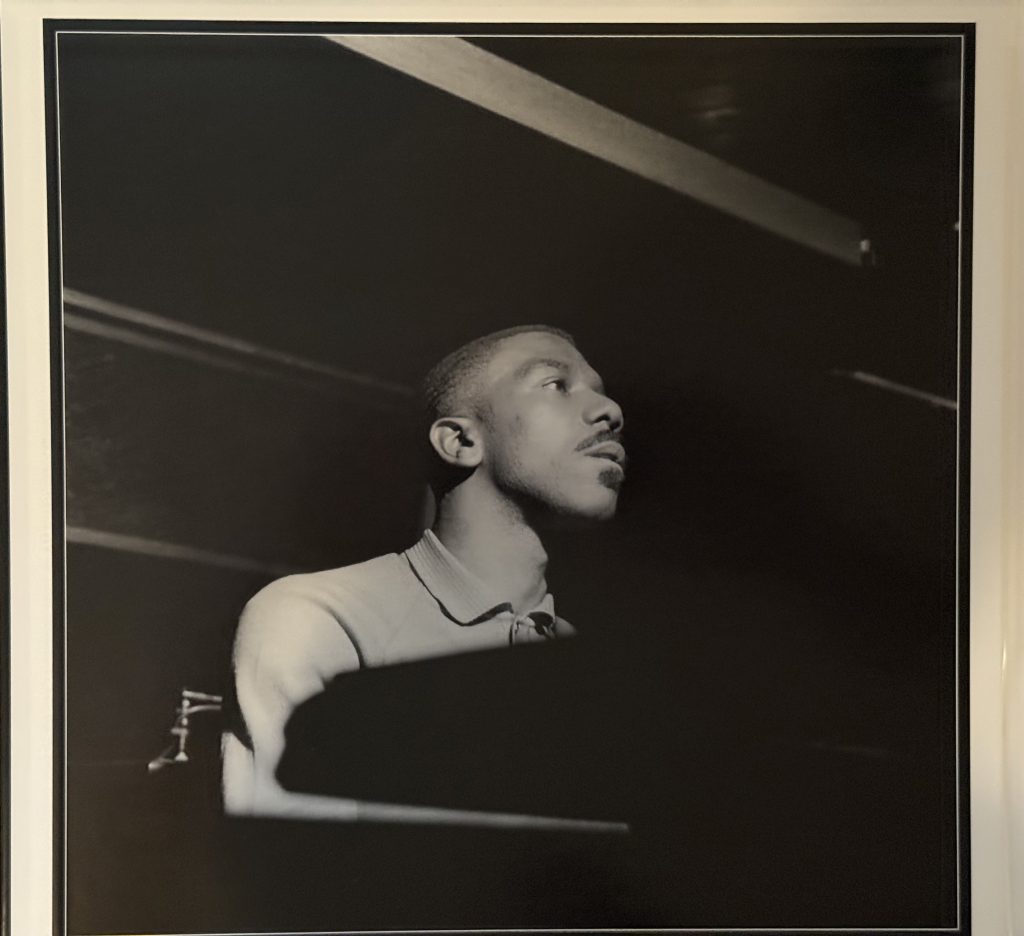
“Prayer Meeting,” one of two Smith originals on the album, gives us a meeting between the two leads as they take each other to church. The composition is a blues that’s also a showcase for Stanley Turrentine. After the laid back blues of the intro, he’s on fire—tossing off syncopated licks, firing off little moans in the high register, playing against the offbeat chords from Smith. Smith’s solo gives us that classic Jimmy Smith organ tone, made by pulling the first three drawbars all the way out (equivalent to setting the 16 foot, 5 1/3 foot, and 8 foot stops on a pipe organ). He starts by playing a countermelody against the accompaniment of guitar and drums, and then he starts preaching—he leans into the blue note for multiple measures, starts improvising in runs of full chords, gives a tremolo on chords for multiple measures, accentuated by a tossed-off arpeggio… Turrentine’s closing solo on the melody is faded out; one wonders how much longer the duo could have gone on improvising like this.
“I Almost Lost My Mind,” originally a 1950 R&B hit by Ivory Joe Hunter, opens with Turrentine and Smith playing the melody in three part harmony. Where the chart-topping single keeps a burner going under the slow melody with blues guitar licks, here it’s Donald Bailey’s implacable drumbeat that gives us the forward momentum as Turrentine swoons deep into the blues. Quentin Warren’s guitar keeps the chords moving under the first solo, freeing Smith to simmer under the saxophonist and hit rippling accents. When Turrentine’s solo comes to an end, the simmering organ cooks harder, with dashes of heat against the melody and another hard “lean” on the left hand across eight bars with a right hand tremolo. But it doesn’t shout; throughout, the band keeps it cool, even as Warren takes a clean, note-bending solo in the last two verses before the recap.
“Stone Cold Dead in the Market,” by Trinidadian musician Wilmouth Houdini, was originally made famous by Ella Fitzgerald and Louis Jordan in 1946 in a West Indies accented performance. Here Bailey’s subtle bossa nova and the syncopation of the players carries the Trinidadian flavor without the murderous undertones of the original lyrics.

“When the Saints Go Marching In” surely needs no introduction, and the players go right into it, with Smith playing the melody while Warren and Turrentine play a riff (in parallel fifths!) underneath. Here Smith and Bailey, especially, take the lid off, with the organist leaning into melodic improvisation over a bubbling backbeat from the drummer. Smith seems likely to go at this all day until Turrentine steps up to the plate, playing a continuous stream of eighth notes that swing hard against the groove established by the organ, drums and guitar. Smith picks it right back up after Turrentine steps back for another verse, and the combo cooks right down to the end (sadly faded out).
“Red Top,” a tune by soul-jazz saxophonist Gene Ammons, starts out with Stanley Turrentine doing what he did best over dark chords from Smith. It seems like a straightforward blues number, but the scampering syncopation from Turrentine on the first improvisation verse and the leaned-into subtonic by both Turrentine and Smith across eight bars of the second verse signal that there’s some playful strangeness at work beneath the surface. The descending chromatic chords under Smith’s later solo reinforce the playfulness, as does the trading of thoughts between saxophonist and organist in the final verses as the tune fades out.
“Picnickin’” gives us one last Smith original to go out on. This one is a blues by way of Broadway, and Turrentine swaggers up to the melody in his solo to signal that this one will go hard. Both Turrentine and Smith lean into the blues, but Turrentine shows off some of his rapid-fire chromatic work alongside the blues licks. Smith builds anticipation through repetition of suspended chords and the seventh, holding the leading tone for four to eight measures at a time in a favored trick from this session. The conclusion leads us out with the players reprising the melody in parallel fifths once more.
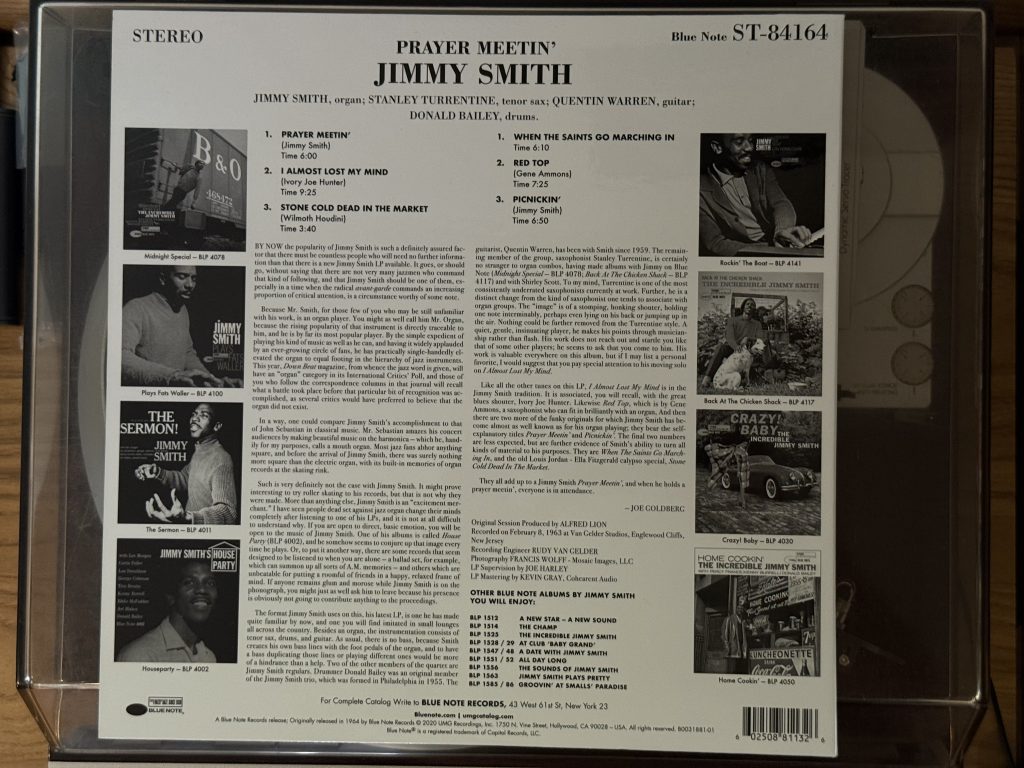
Prayer Meetin’ is a fair representation of Smith’s Blue Note recordings—deeply grooving, soulful, but always with a cool structure at its core. That signature sound was about to change as Smith parted ways with Blue Note for another label, known for jazz but also for stretching the boundaries of the music as it rubbed up against other styles. We’ll hear a prime example next time.
You can listen to this week’s album, with bonus tracks included on the CD reissue, here:


